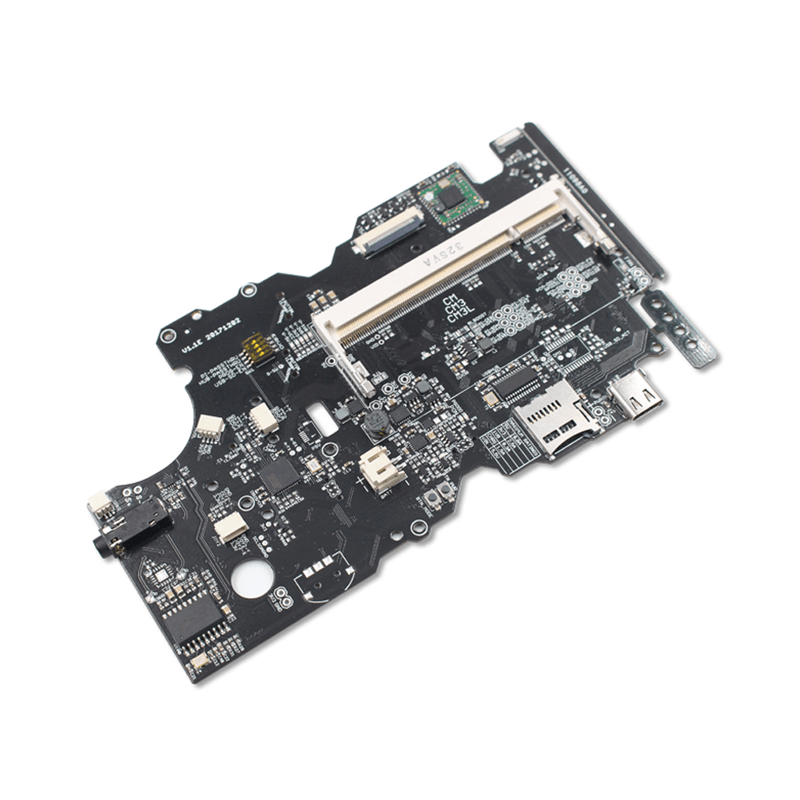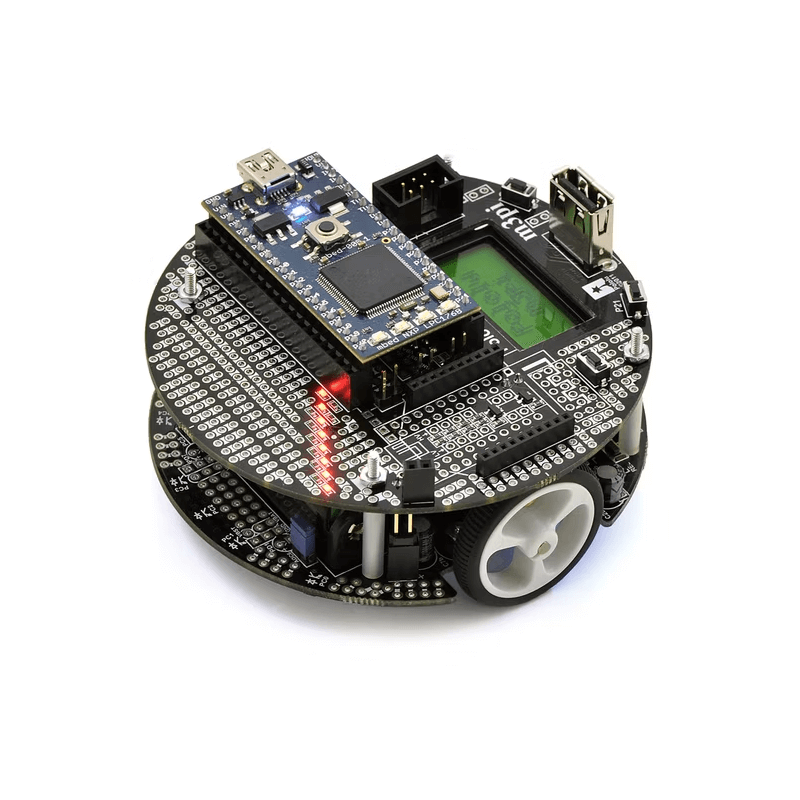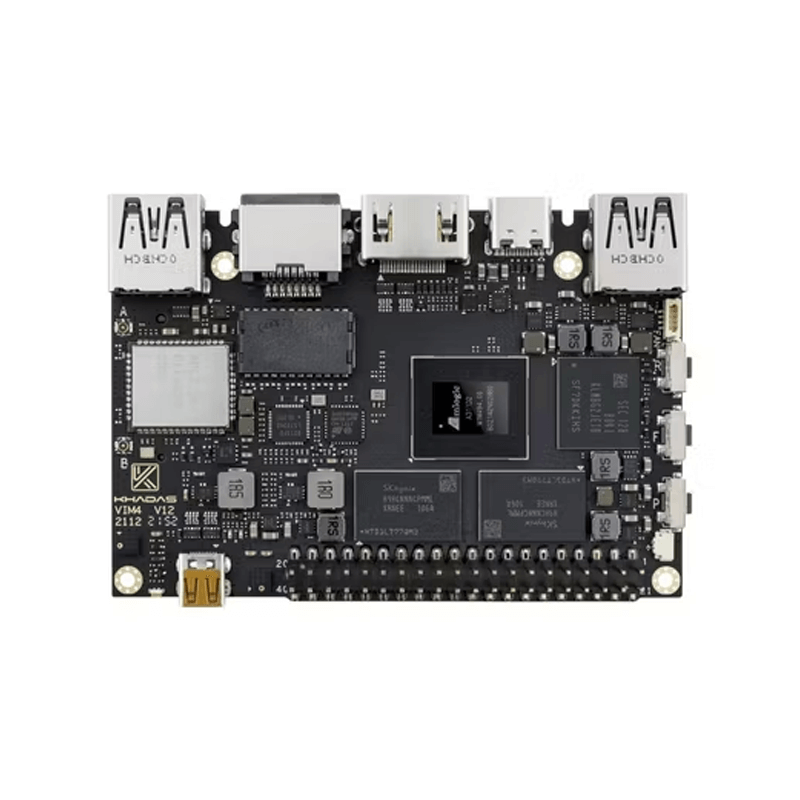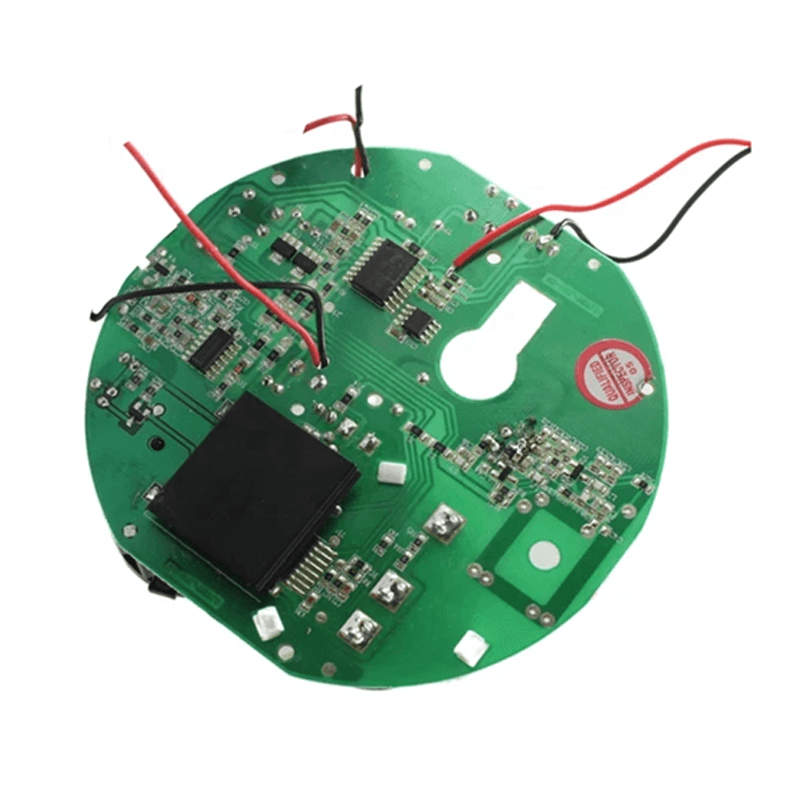Product Parameters
| Home Theater Board |
| Base Material: |
FR-4 |
| Certification: |
RoHS, ISO |
| Layers: |
Multilayer |
| PCBA QC: |
X-ray, Aoi Test, Function Test(100% Test) |
| Solder Mask Color: |
Green/Black/Red/Blue/Yellow/White/ |
| Min.BGA Space: |
0.3mm |
| Min. Component: |
01005 |
| Name: |
Base Station Information Board PCBA |
Product Display
The home theater board is the core control and signal - processing component of a home theater system. It integrates multiple functions and mainly consists of an audio - processing chip, a video - processing chip, input/output interfaces, a microcontroller, and a power - management module.
The audio - processing chip is responsible for decoding, enhancing, and optimizing sound signals from various audio sources, such as Blu - ray players, game consoles, and streaming devices. It can support multiple audio formats, including surround - sound technologies like Dolby Atmos and DTS:X, creating an immersive three - dimensional sound experience for users.
The video - processing chip focuses on handling video signals. It optimizes video signals of different resolutions (from standard - definition to 4K and 8K) and formats (such as HDMI and DisplayPort) input. This includes operations like color correction, contrast adjustment, and frame - rate conversion to ensure clear, realistic, and smooth images are presented on the large screen.
The input/output interfaces provide the ability to connect with various external devices. Common interfaces include HDMI interfaces (for connecting high - definition video sources and display devices), optical audio interfaces (for high - quality audio transmission), and USB interfaces (for connecting external storage devices or other accessories), enabling the home theater board to be easily integrated with multiple devices.
The microcontroller is like the "brain" of the home theater board. It coordinates the work of each component, controlling functions such as audio and video playback, switching, volume adjustment, and picture - mode selection according to commands issued by users through a remote control or a mobile app.
The power - management module is responsible for providing stable power supply to the entire home theater board. It can also control energy - saving based on the device's operating state, for example, reducing power consumption when the device is in standby mode.
- Home Living Room Environment
- This is the most common application scenario for the home theater board. By connecting the home theater board to a TV or projector and a sound system, users can enjoy movies, TV series, sports events, and other content comfortably on the living - room sofa. Through the audio and video processing functions of the home theater board, ordinary audio - visual content can be enhanced to an experience close to that of a cinema. For example, when watching an action movie, the powerful audio - processing ability can let users feel the realistic sound of bullets whistling by, and the video processing ensures smooth and clear images in high - speed chase scenes.
- Home Game Room
- For gaming enthusiasts, the home theater board is the key to creating an immersive gaming experience. When connected to a game console (such as PlayStation or Xbox), it can optimize the audio and video signals in the game. For instance, when playing a racing game, the audio processing can accurately reproduce the roar of the racing car engine, reaching the player's ears from all directions; the video processing can ensure fine picture details in the game, such as the texture of the track and the luster of the vehicle, presenting a perfect view as if the player is on a real racing track.
- Small Private Cinema or A/V Room
- In a dedicated home audio - visual space, the home theater board plays a central role. Paired with high - end projection equipment, professional sound systems, and acoustic - treated environments, the home theater board can maximize its performance. It can perform high - quality audio and video processing on high - quality film and television resources such as Blu - ray discs, meeting users' pursuit of high - quality audio - visual enjoyment.
- High - performance Audio - processing Capability
- It has high - fidelity audio - decoding functions, capable of accurately restoring the original sound quality of various audio formats. It supports multi - channel audio output, such as 7.1 - channel, 9.1.2 - channel, etc., to meet the needs of different users for surround - sound systems. Additionally, it is equipped with audio - enhancement algorithms, such as virtual surround - sound technology, which can simulate a certain surround - sound effect through ordinary audio equipment even without a complete surround - sound system configuration.
- Advanced Video - processing Technology
- It supports high - resolution video processing, including 4K, 8K, and even higher - resolution video formats in the future. Using advanced video - scaling algorithms, it can upscale low - resolution videos to high - resolution output losslessly or with high quality. It has a dynamic picture - compensation technology that effectively reduces motion blur and ghosting in videos, making moving images smoother. Meanwhile, the color - management system can precisely adjust the color, saturation, and brightness of the picture to achieve professional - level video quality.
- Rich Interface Types and Compatibility
- It provides a variety of audio and video interfaces, ensuring compatibility with the vast majority of audio - visual devices on the market. In addition to common interfaces like HDMI and optical audio interfaces, it may also include analog audio interfaces (such as RCA interfaces) and Ethernet interfaces (for network connection and device updates). Moreover, it can automatically identify the type and functions of the connected devices, enabling plug - and - play, which is convenient for users to quickly set up and adjust the home theater system.
- Intelligent Control Functions
- It supports remote control via infrared, Bluetooth, or mobile apps. Through the mobile app, users can more conveniently operate the home theater board, such as making complex audio and video settings, selecting playback sources, and adjusting sound - effect modes. Additionally, some home theater boards have voice - control functions, integrating with smart voice assistants (such as Amazon Alexa or Google Assistant), allowing users to control the home theater system through voice commands.
- Stable Power Supply and Cooling Design
- It has a stable power - supply system that can adapt to different voltage fluctuations, ensuring that the device does not malfunction due to power problems during long - term use. At the same time, a good cooling design can effectively dissipate the heat generated by chips and other components during operation. This is usually achieved through heat sinks, fans, or heat - dissipation pipes, ensuring that the home theater board can maintain stable performance even when working under high loads (such as playing high - resolution and high - frame - rate video content).
Only logged in customers who have purchased this product may leave a review.
















Reviews
Fire Temperature Sensor Circuit Board